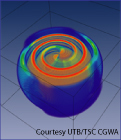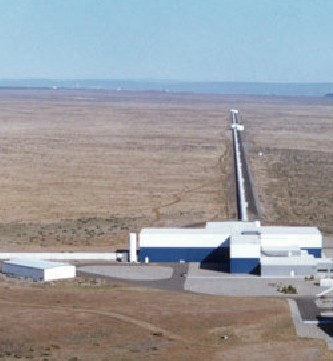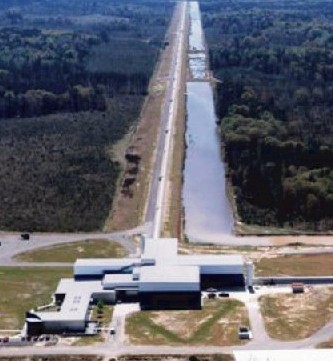Go back to the LIGO e-Lab Resources: Check out the online resources or contact someone.
LIGO e-Lab Resources
Video about LIGO science
Learn how to get around in the e-Lab, use the project map, milestone references, logbook and more.
Learn how to use the e-Lab to plot LIGO seismic data.
Maps that show LIGO Observatories and the location of LIGO seismometers
Descriptions of the sensors that produce data for the LIGO e-Lab
Use the LIGO Web sites to learn more about LIGO's search for
gravitational waves.
LIGO's E-Log (Hanford and Livingston) can help you connect what you see in the e-Lab data to
what's happening at the Observatory.
To view the detector log, use the user name "reader "
and password "readonly ".
Use this Google tool to calculate distances between locations you are studying.
Research Citations (Purdue University)
Related Data
Start here to find earthquake lists, maps and other resources
Use this search form in case you are looking for an earthquake that is
more than 30 days old
Earthquake information that is specific to the pacific Northwest. Click the
"Webicorders" link to see real-time seismographs
Be sure to look at the Seismic Monitor!
Check other seismic resources also
Southeastern Washington weather data
Ocean weather, wave heights, wave periods and other data.
An extensive archive.
Seismic Resources
Try PBS's ZOOM activity.
Learn the basics of how a seismometer measures ground vibrations
Click on the links to find helpful one-page articles
Learn the basics about earthquake waves
Contacts
Dale Ingram - Education and Outreach Coordinator, LIGO Hanford Observatory
Ask Dale questions about using the e-Lab in your classroom.
IT Careers
Read a pamphlet from Nebraska Department of Education.
Read Microsoft Learning's suggestions for preparing for an IT Career.
from Association for Computing Machinery (ACM).
from Cisco.
Grid Computing
LIGO has its own computing grid called LDG, which consists of all the
LSC computer clusters used for storing data and performing analyses. LDG stands for "LSC Data Grid" or "LIGO Data Grid". View the
LDG home page and learn more about grids - a form of distributed computing.
View the home page for LIGO's grid.
Enjoy CERN's multimedia introduction to grid computing.
Read Grid Briefings and explore the Grid Guide , from CERN.
Use grid computing to model Mt. Vesuvius' volcanic activity and discover whether residents need warning, from New York Museum of Science.
Read the article from Wikipedia.
Links with the



 symbol take you to another web site, and will open up in another browser
window.
symbol take you to another web site, and will open up in another browser
window.
